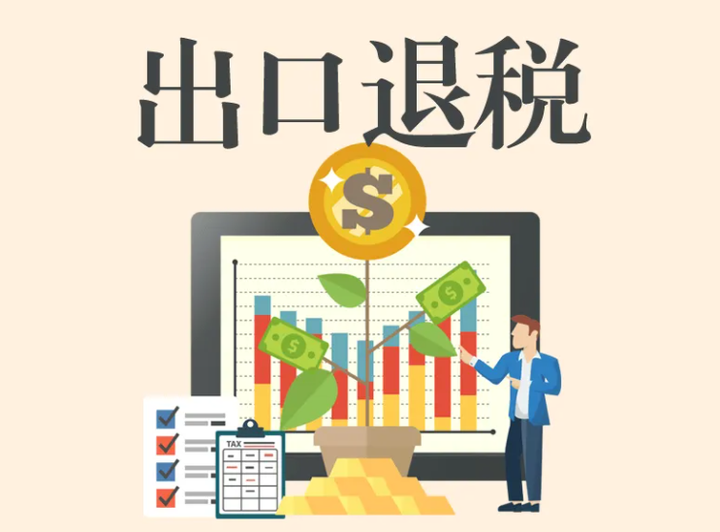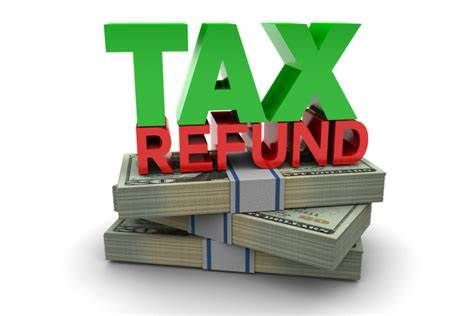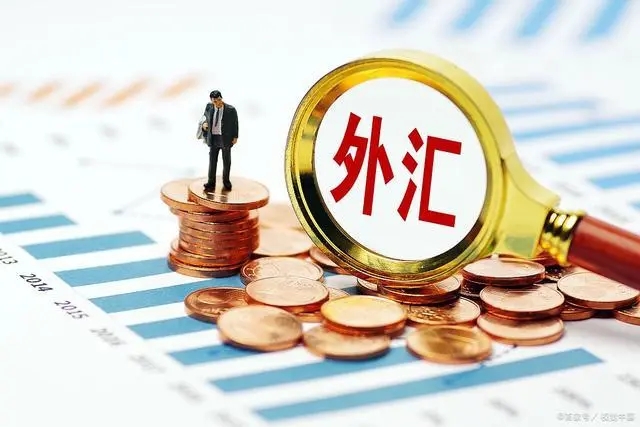BEIJING ANTECH CO.,LTD.
Contact: Ma Qi
Tel: 010-64052288
Q Q:
Email: ocean4@agltrans.com
Address: room 1612, building 4, guangqujiayuan, Dongcheng District, Beijing




Beijing Antech can quickly handle your export tax rebate, foreign exchange lock, ATA documents, export customs clearance, ATA return customs clearance, international air and sea transportation and other business, welcome to consult at any time!
Tel:18601284863/13237007520(Can add wechat)
E-mail: ocean4@agltrans.com

Scan QR code